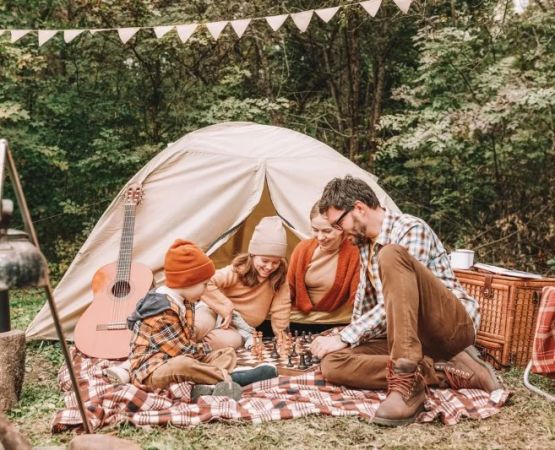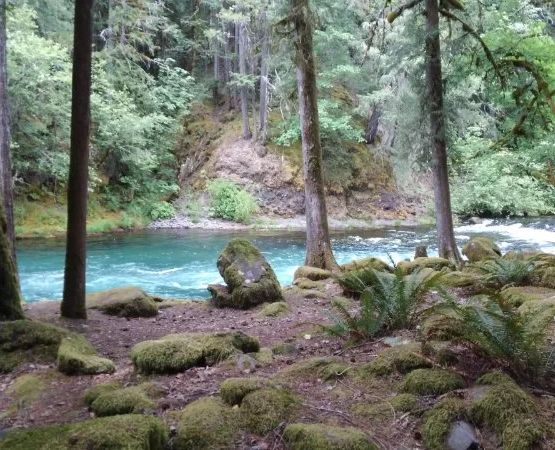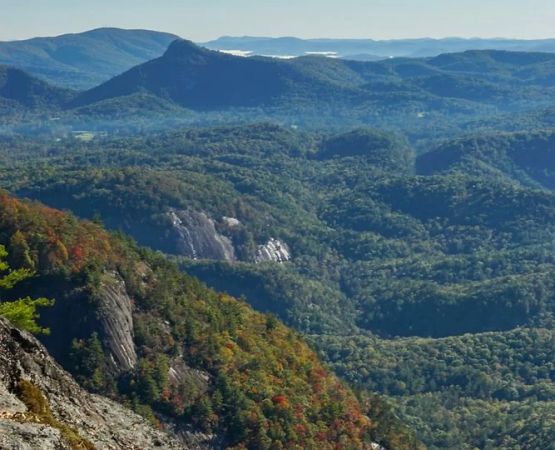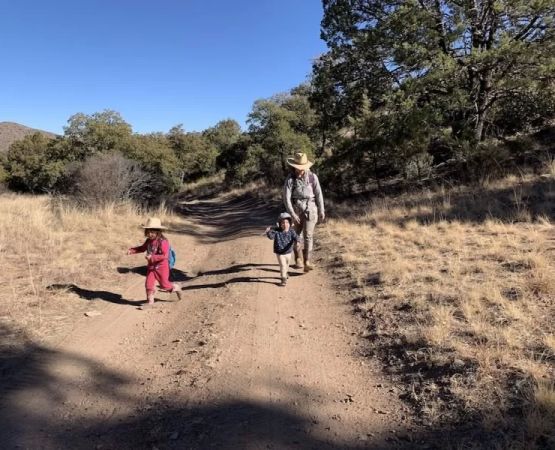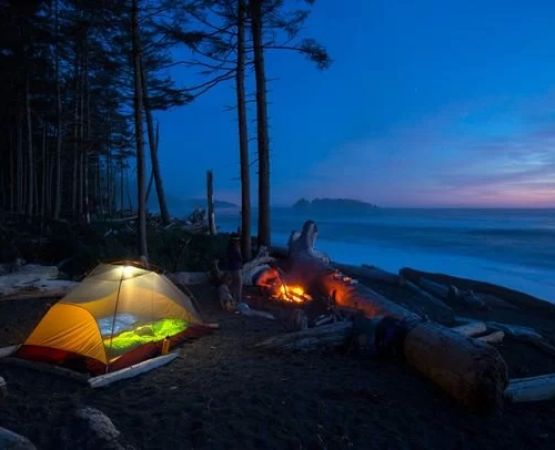- understanding-wildfire-risks-in-camping-areas
- preparing-your-gear-and-emergency-kits
- choosing-a-safe-campsite-location
- real-life-stories-of-camping-wildfire-encounters
- proactive-steps-and-pine-cliff-resort-recommendations
1. Understanding Wildfire Risks in Camping Areas
Wildfires are an increasing concern for outdoor enthusiasts, especially in regions like California, Colorado, and Oregon where dry summers create perfect conditions for fire spread. Knowing how to prepare for a wildfire while tent camping starts with understanding the risks. Even a small campfire, a dropped cigarette, or a sudden lightning strike can spark a blaze. By staying informed about local fire conditions through ranger stations or official apps, campers can make safer decisions before setting up camp.
2. Preparing Your Gear and Emergency Kits
2.1 Essential Emergency Supplies
Preparation is more than packing a tent and sleeping bag. Campers should always carry an emergency kit that includes N95 masks for smoke, extra water, a fire-resistant blanket, and a reliable flashlight. Having a portable radio to monitor emergency broadcasts is equally crucial in wildfire-prone zones.
2.2 Fire-Safe Cooking and Gear Choices
When cooking outdoors, avoid open flames whenever possible. Portable stoves are safer alternatives to traditional campfires. Storing fuel in fire-resistant containers and keeping water or a fire extinguisher nearby can mean the difference between safety and disaster. At Pine Cliff Resort, campers can find top-rated camping gear designed with wildfire safety in mind, ensuring that outdoor adventures are both enjoyable and secure.
3. Choosing a Safe Campsite Location
3.1 Distance From Fire Hazards
Where you pitch your tent matters. Avoid setting up camp near dry grass, dead trees, or heavily wooded areas where flames can spread rapidly. A wide, open clearing with minimal vegetation is a safer choice. Campers should also know the nearest evacuation routes and practice how to leave quickly in case of danger.
3.2 Weather and Wind Awareness
Wildfires often spread faster with wind. Before settling into a campsite, check weather conditions and wind forecasts. A location downwind of a fire-prone area increases risk significantly. Staying alert to sudden changes in air quality, smoke smell, or rising temperatures can serve as early warning signs.
4. Real-Life Stories of Camping Wildfire Encounters
One real example involves a group of hikers in Northern California who found themselves surrounded by smoke after a lightning storm ignited multiple fires. Thanks to their preparation—carrying masks, pre-packed bags, and a clear escape plan—they evacuated safely. Stories like these illustrate the importance of knowing how to prepare for a wildfire while tent camping, transforming knowledge into action when minutes matter most.
5. Proactive Steps and Pine Cliff Resort Recommendations
Preparation doesn’t end with packing and choosing a campsite. Campers should rehearse evacuation steps, inform family or friends of their trip plans, and always respect local fire restrictions. With proactive planning, the risks of camping in wildfire-prone regions can be managed effectively.
For those seeking safe, well-managed camping destinations, Pine Cliff Resort offers not only secure camping spaces but also access to wildfire-aware products and expert recommendations. Whether you’re planning your first tent trip or are a seasoned outdoor explorer, taking these precautions ensures your camping experience remains both safe and memorable.
Final Thoughts on Safety
Understanding how to prepare for a wildfire while tent camping is not about fear—it’s about confidence. With the right gear, awareness, and planning, campers can enjoy the wilderness while staying safe. Wildfire safety is not just preparation, but peace of mind for every outdoor enthusiast.

